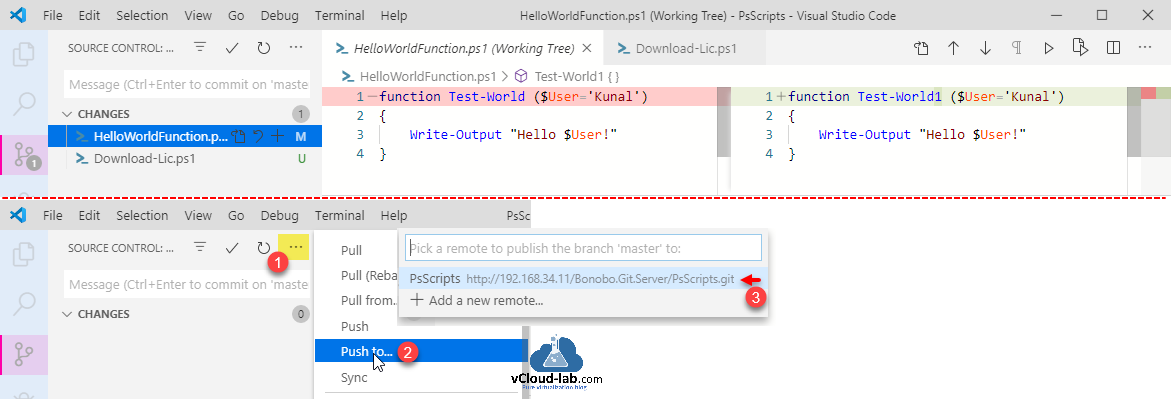

In this article, I’ll review and share the seven best naming conventions which I used personally in the past to ensure their efficiency. Here is a simple workflow of Git branches. There are many formats and naming conventions recommended by experts for temporary branches. Before any change goes to the production environment, it must undergo the QA testing to get a stable codebase.Īs the name indicates, these are the branches that can be created and deleted when needed. QA ( QA), or test branch, contains all the code for QA testing and automation testing of all changes implemented.All team members are responsible for keeping the master stable and up-to-date.

It should be stable all the time and won’t allow any direct check-in. Master ( master) is the default branch available in the Git repository.Changes in the dev branch undergo reviews and, after testing, get merged with the master branch. The dev branch’s idea is to make changes in it and restrict the developers from making any changes in the master branch directly. Development ( dev) is the main development branch.Their naming convention is simple and straightforward. These branches will be available in your repository on permanent bases. Broadly, we can divide Git branches into two categories: Regular & Temporary Branches. Git branching strategies allow separation of work. We can’t ignore Git best practices in branching naming conventions. Not using appropriate naming conventions leads to confusion and complicates the code maintenance team. Git offers flexible branching strategies, but what does it mean? In simple words, a branching strategy is a set of rules, a convention that helps teams and developers – they can follow these rules and conventions to create a new branch, its flow, etc.


 0 kommentar(er)
0 kommentar(er)
